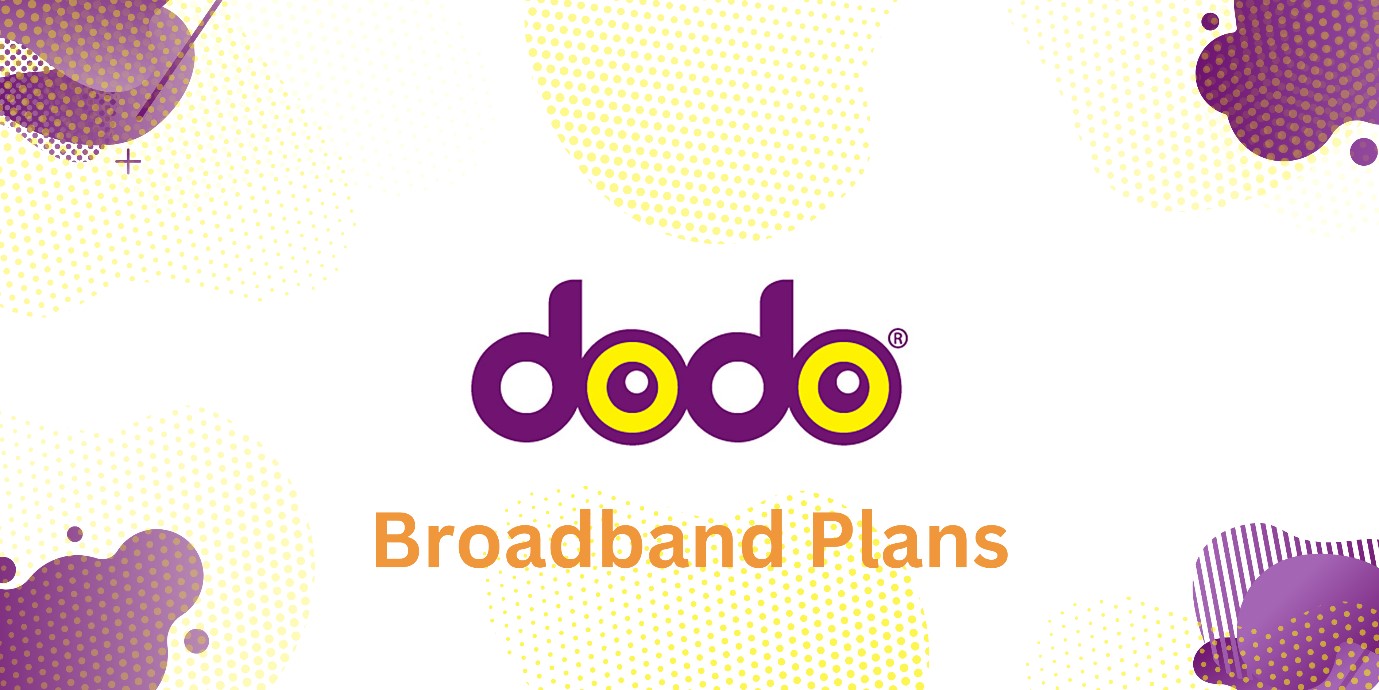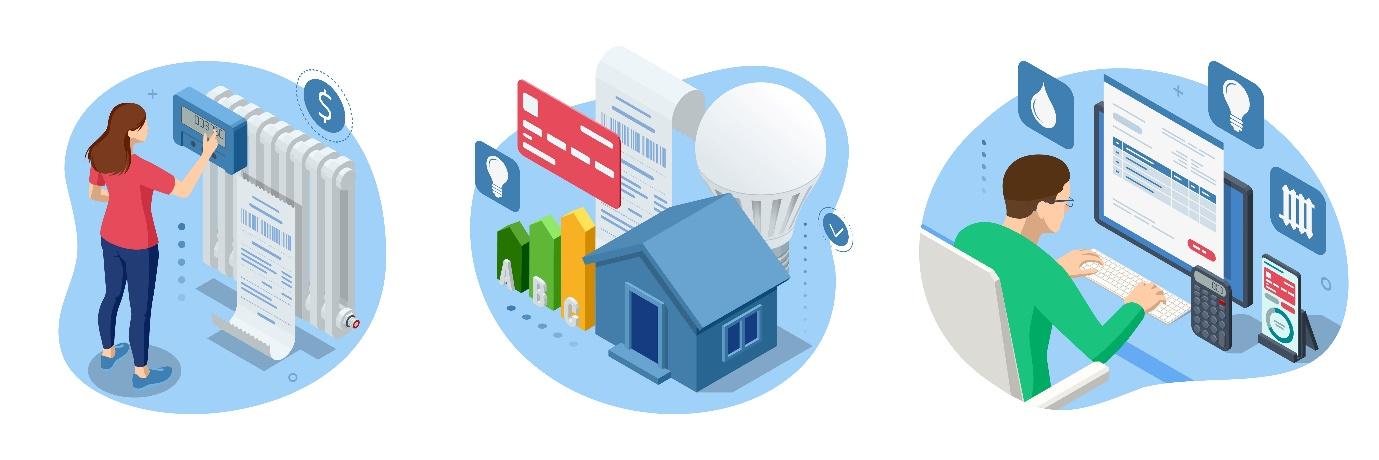
Are you confused with NBN connection types?
Don’t worry you are not alone. There are a lot of new terminologies that exist in the internet world that can be difficult to understand .
We have made it simple, so continue reading this blog and get yourself out of confusion.
The National Broadband Network (NBN) is a national wholesale open-access data network in Australia. The NBN network includes a range of connection technologies for both wired communication (copper, hybrid fibre-coaxial and fibre optic) and radio communication (satellite and fixed wireless). There are seven types of NBN connections. Namely:
- Fibre to the premises (FTTP)
- Fibre to the node (FTTN)
- Fibre to the building (FTTB)
- Fibre to the curb (FTTC)
- Hybrid fibre-Coaxial (HFC cable)
- Fixed wireless
- Satellite connection
Before we dive into the detailed description of these types, let’s initiate the NBN discussion.
Many people don’t understand the NBN connection and the terminology related to its types. Secondly, internet providers may also confuse you with bragging about internet speed. Therefore, it is safe and wise to get the idea of these terminologies to avoid any confusion later on.
Moreover, many people ask if the internet connection type will affect their internet speed. Does NBN work better than mobile broadband? These and many other queries might come up in your mind. So, the crux of the matter is that the NBN network is taking advantage of the infrastructure that already exists in Australia.
NBN users in Australia:

Fixed-line NBN connection types:
1. Fibre to the premises (FTTP):
On average, 17-21% of premises have fibre-optic internet access provided by the NBN. It will not cost you more for the privilege of having an FTTP connection.
2. Fibre to the node (FTTN):
3. Fibre to the building (FTTB):
FTTB NBN gets access to your apartment through the existing cable infrastructure, such as copper cables in older buildings or Ethernet cables in newer ones. Many larger offices use this type of internet connection for their facilities.
4. Fibre to the curb (FTTC):
Most Australians opt for FTTC because of the costly installation of FTTP and reduced performance of FTTN. Moreover, these fixed-line connections already have a device fixed in the distribution unit. Hence, you only need a router to catch WIFI signals. A perfect router is all you need to get the most out of these wired NBN connections.
5. Hybrid fibre-Coaxial (HFC cable):

source= Wikipedia
Wireless NBN connections:
6. Fixed wireless NBN connection:
The data transmission takes place from a transmission tower to an NBN outdoor antenna installed by an approved NBN installer at the premises. This wireless connection also requires an NBN box to catch signals from the outdoor antenna that enters your premises.
7. Satellite connection:
NBN Speed:
Final thoughts:
It is crucial to know the two main categories of NBN connections: fixed-line and fixed-wireless NBN connections. There are seven types of NBN connections you should know. Fiber to the premises (FTTP) is the most efficient and consistent NBN type. Fiber to the building (FTTB) and fiber to the curb (FTTC) are Australia’s second-best options. FTTN and HFC are alternatives. On the other hand, fixed wireless and satellite are wireless NBN types. However, you require an NBN box to connect all the types.








